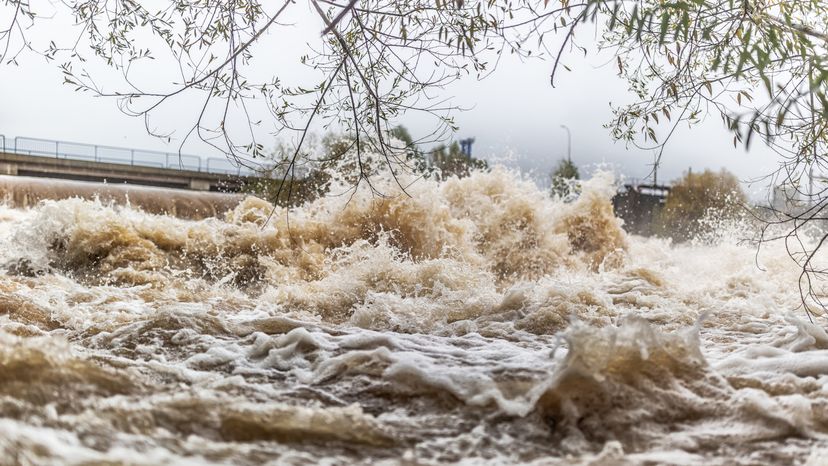Hurricane Harvey began as a tropical wave off the west coast of Africa on August 13, 2017. Over the course of two weeks, it developed into a major hurricane that wreaked havoc in Texas and Louisiana, causing catastrophic flooding and widespread destruction.
As we explore the storm’s formation and impact, it’s essential to understand the factors that contributed to its rapid intensification and the devastating effects it had on the affected areas.
From Tropical Wave to Category 4 Hurricane
The initial condition of the tropical wave that eventually became Tropical Depression Harvey was disorganized, but it soon developed into a tropical depression. As it moved west-northwest, it posed a threat to the Lesser Antilles before consolidating into Tropical Storm Harvey. In a staggering 40 hours, Harvey transformed from a tropical storm into a major hurricane, a testament to the power and unpredictability of these natural phenomena.
The National Hurricane Center confirmed that the storm had been re-categorized to a Category 4 hurricane on August 25th. With sustained winds of up to 130 mph, it was now classified as a major hurricane. As Harvey barreled towards the Gulf Coast, the warm waters of the Gulf of Mexico fueled its rapid intensification. The storm’s increasing strength brought with it the potential for massive storm surges and devastating flooding, which would soon become all too real for the residents of Texas and Louisiana.
Landfall and Devastating Flooding in Southeast Texas
Hurricane Harvey made landfall in Texas, causing catastrophic flooding in Southeast Texas, including Harris County and Houston. The storm dumped an unimaginable amount of rain on the region, with some areas experiencing more than 60 inches of precipitation. This historic flooding was partly due to the massive storm surge caused by Hurricane Harvey, which swamped coastal areas and overwhelmed local infrastructure.
The weight of the water, including the storm surge, caused Houston to sink temporarily by two centimeters (almost an inch). In the immediate aftermath of Hurricane Harvey, it was estimated that 8 million cubic yards of garbage were present in Houston after the clean-up effort. The extent of the destruction was staggering, with entire neighborhoods submerged under floodwaters and countless homes and businesses destroyed.
The Aftermath: Immediate Response and Recovery Efforts
In the wake of Hurricane Harvey, the following actions were taken to address the immediate needs of affected communities:
- Rescue missions were initiated to save people stranded by the floodwaters.
- Relief operations were launched to provide food, water, and medical assistance to those in need.
- Recovery efforts were undertaken to rebuild homes and infrastructure.
- Approximately $1.7 billion was approved through the Individual and Households Program to assist affected individuals and families.
- An additional $2 billion was authorized in Public Assistance grants to support the recovery process.
- Organizations such as World Vision provided emergency relief supplies, building materials, appliances, and other supplies to approximately 246,000 people.
Texas Governor Greg Abbott acknowledged that the process of recovering from this disaster would be a long-term endeavor for the state of Texas. The challenges faced in the response and recovery phase were immense, as resources were stretched thin and communities struggled to cope with the magnitude of the disaster.
Despite these challenges, significant strides were made in the immediate aftermath of Hurricane Harvey to help those affected begin the process of rebuilding their lives.
